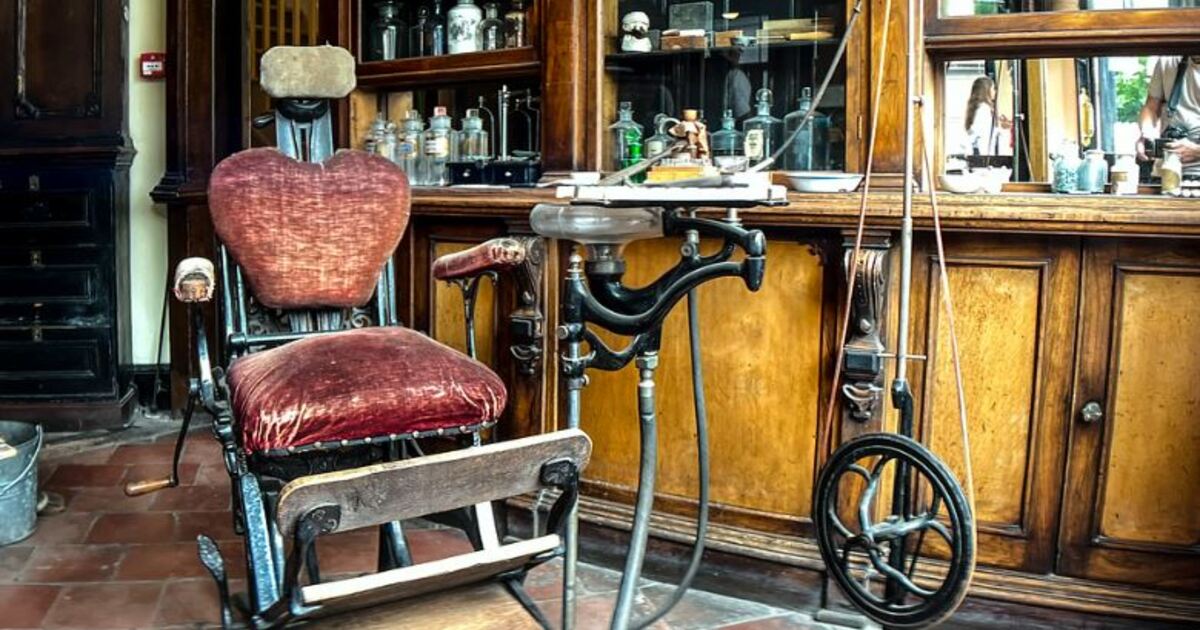The Evolution Of Dental Chairs

source: Flickr
The dentist’s chair is a central fixture in any dental office, but its evolution over time reflects not only changes in dental practice but also a fundamental shift in the patient experience. From rudimentary wooden chairs to today’s high-tech, ergonomic marvels, the journey of the dental chair is a fascinating testament to the progress of dentistry.
In the early days of dentistry, dental chairs were simple and functional. These chairs closely resembled ordinary wooden seating with high backs. The primary purpose of these chairs was to provide the dentist with access to the patient’s mouth rather than to prioritize patient comfort. The patient’s experience, it seems, was an afterthought.

As the 19th century unfolded, some dentists transitioned to modified barber chairs for their dental procedures. These chairs introduced a reclining feature that allowed patients to lean back during treatment, offering a modicum of comfort compared to the spartan wooden alternatives. However, these chairs still lacked the ergonomic features we now take for granted.
Early dental chairs had limited adjustability. Dentists would manually adjust the height and tilt of the chair, sometimes resorting to cushions or pillows for patient comfort. The patient experience remained far from ideal, often marred by discomfort and anxiety.

One aspect of dentistry’s history that the dental chair symbolizes is the pre-anesthesia era. In the early days, the use of anesthesia was uncommon, leaving patients to endure dental procedures with little or no pain relief. This lack of pain management added to the anxiety and discomfort associated with dental visits.

The dental chair of today stands in stark contrast to its historical counterparts. These chairs are meticulously designed for patient comfort, often featuring plush upholstery, ergonomic support, and adjustable features to ensure that patients can relax during their procedures. Many even include built-in massage and entertainment systems to further ease patient anxiety.
Modern dental chairs come equipped with advanced ergonomic features that allow dentists to work with precision and ease. They often include built-in instrument trays, X-ray units, and even computer interfaces, streamlining the dental procedure process.
In conclusion, the evolution of dental chairs mirrors the progression of dentistry as a whole. From humble beginnings with basic wooden chairs to today’s high-tech, patient-centric marvels, the dental chair has evolved to prioritize patient comfort, safety, and the overall dental care experience.
